Unappreciated Treasures of Killifish
Contents
Unappreciated Treasures of Killifish
Killifish are not well-known in the aquarium hobby and are rarely seen in local fish stores, although they are among the most vivid freshwater aquarium fish available.
Teeth carp that lay eggs are members of the Cyprinodontidae family and are very distantly related to mollies, guppies, swordtails, and platies.
Of these, the majority are little (1″ to 2″ in size), with the most significant species reaching less than 6 inches. Most killifish in aquariums survive for two to five years.
The most remarkable aspect of Killifish is their various spawning strategies, which divide them into three fundamental groups: annuals, semi-annuals, and non-annuals.
Annuals live in ephemeral pools that dry up once a year for up to six months.
They hatch, grow, reproduce, and die in less than a year, and their eggs remain latent until the following rainy season.
Semi-annuals live in regions that may or may not dry out completely, whereas non-annuals live in permanent bodies of water.
Keeping Killifish varies from easy to challenging, depending on the species. While they may have some unique requirements, Killifish are well worth the effort if you want to try something new!
Natural Habitat for Killifish
Killifish live in tropical and subtropical waters on all continents except Australia and Antarctica.
They live in transitory pools, marshes, creeks, and shallow streams, with some species venturing into brackish estuaries.
Many Killifish live in settings with overhanging trees and plants, which provide subdued light and cool temperatures. A few species, such as the pupfish of the southwestern United States, live in desert pools with water temperatures above 90° Fahrenheit.
Water Requirements for Killfish
While many Killifish originate in soft acid water, captive-bred strains that have adapted to local water conditions are becoming more frequent. Before purchasing a killifish, it is recommended that you conduct an extensive study to determine the water conditions in which the fish were raised.
Preferred water conditions vary by species, but most killies thrive at a pH of 6.0 to 7.0, total hardness of 7° to 10° (120 ppm to 160 ppm), and temperature of 68° to 75° Fahrenheit.
Some experienced killifish keepers do not utilize filters (they perform frequent water changes), but a hang-on-the-back or sponge filter is recommended for the typical enthusiast.
To maintain proper temperature and optimal filtration, use an Aqueon Aquarium Heater and perform a 10% weekly water change or 25% every other week with an Aqueon Aquarium Water Changer or Siphon Vacuum Gravel Cleaner.
Before adding fresh water to your aquarium, add Water Conditioner to the tap water.
Housing Tips for Killifish
Due to their small size, many Killifish are ideal for nano and desktop aquariums. While 5–10 gallons will be enough for a trio of species, community setups or keeping multiple males require an aquarium 20 gallons or larger.
Keep the lights down and add some peat moss or driftwood to non-breeding tanks to make the water softer and reduce the pH, as well as low-light tolerant plants like Cryptocorynes, Java moss, and Java ferns. Killifish are excellent jumpers, so a tight-fitting lid is essential!
Behavior/Compatibility of Killifish
Killifish enthusiasts often maintain them in species tanks; however, many varieties may be kept in communal aquariums. Most Killifish are relatively calm, although males can be belligerent and possessive toward one another.
There are a few exceptions to this rule. The Golden Wonder Killie (Aplocheilus lineatus), a popular and widely accessible killie, and the Blue Gularis (Fundulopanchax sjoestedti), one of the largest and most well-known killifish, are both aggressive and should be maintained alone or with other “spirited” fish. Always research the species you want to buy before mixing them with other fish.
What Do Killifish Eat?
Killifish are carnivorous. Frozen brine shrimp, daphnia, mysis shrimp, mosquito larvae, bloodworms, and newly born brine shrimp nauplii are all excellent possibilities, depending on the size of your fish.
Killifish are known for resisting dry diets, yet many hobbyists have had success with them. Aqueon Tropical Flakes, Color Flakes, Betta Food, and Betta Treat are all worth trying! Feed your fish various things, but just what they can ingest in 2 minutes or less, once or twice a day.
Killifish Breeding Level: Easy to Difficult.
Killifish are egg layers that can be classified as top or bottom spawners, but some species alternate between the two.
The difficulty level varies with species, but there are a few that beginners can breed. To breed annuals or semi-annuals, use a 2½ to 5½ gallon tank with peat moss, almond or oak leaves on the bottom.
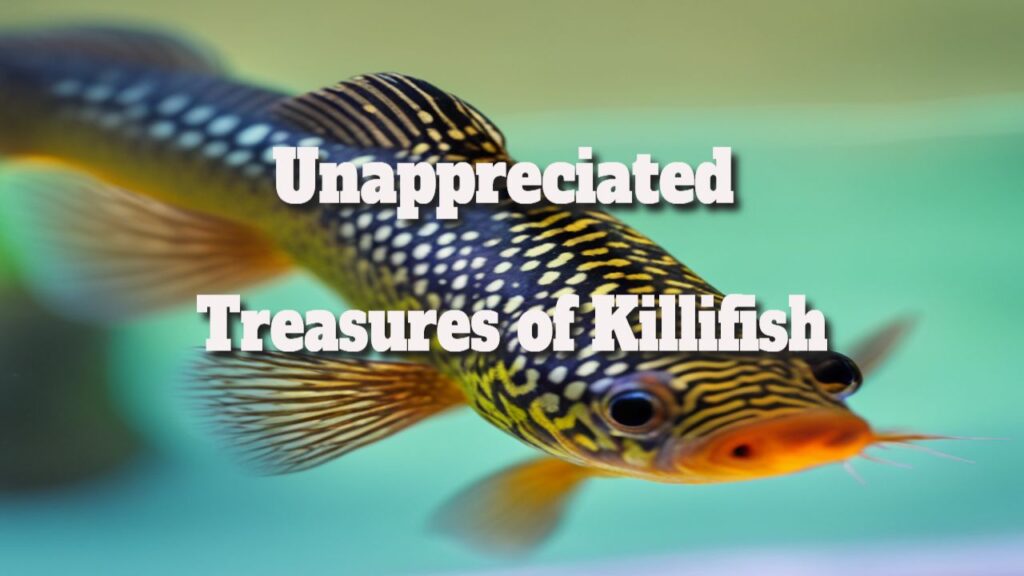
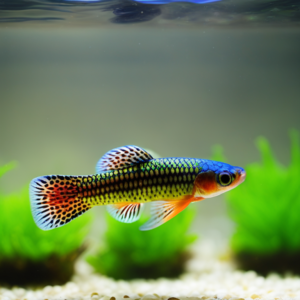
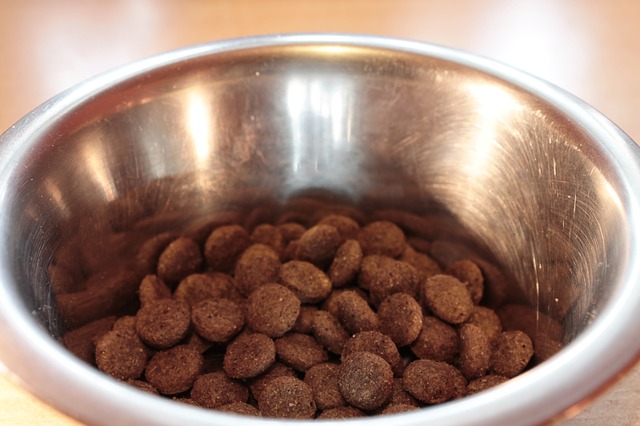
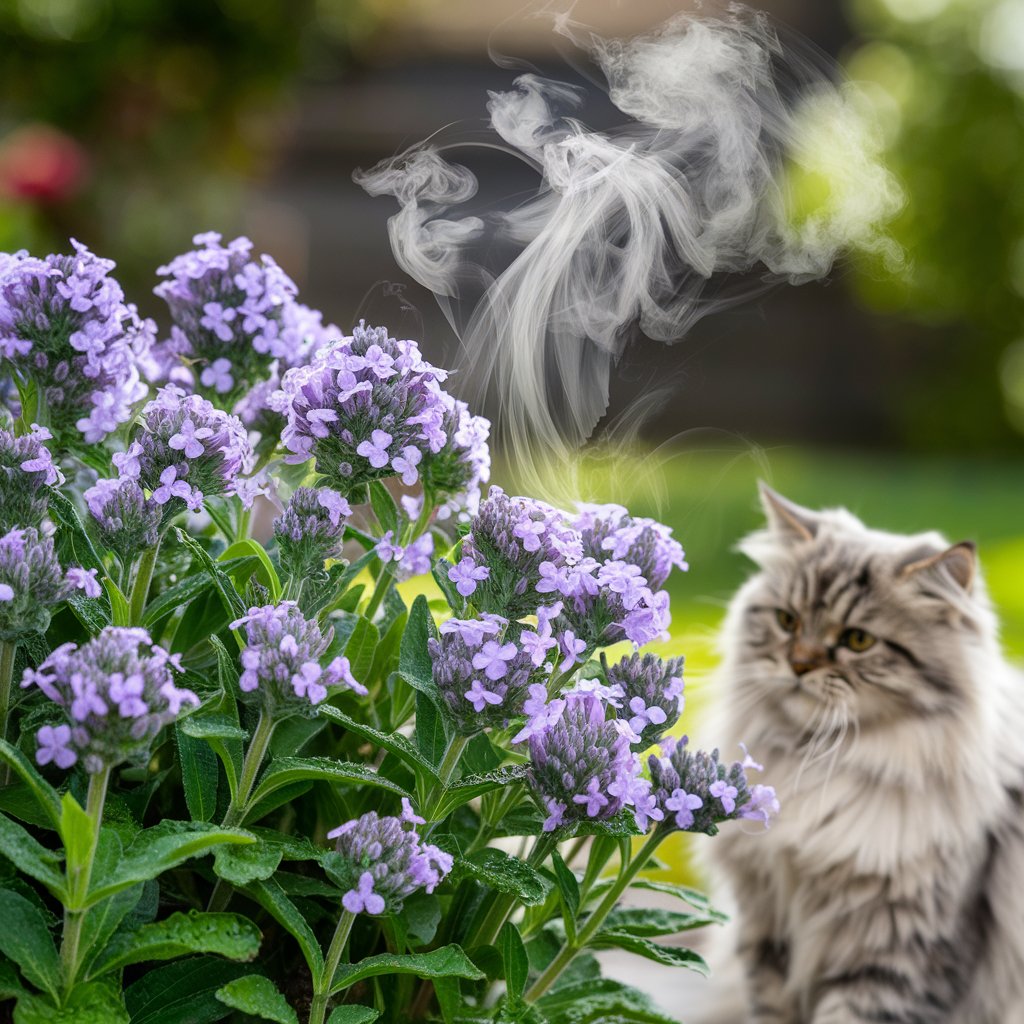
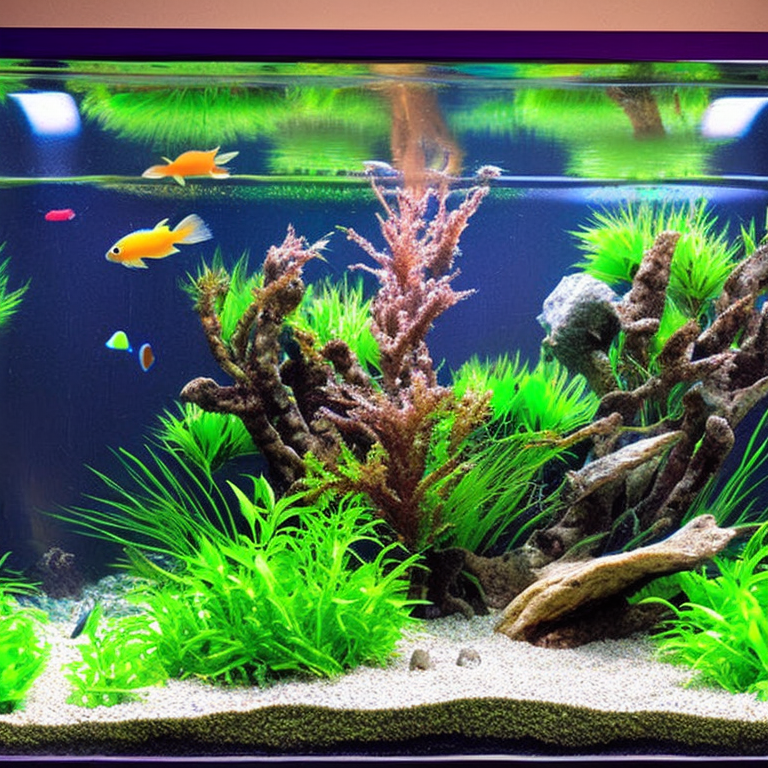
Your post highlights such an intriguing aspect of the aquarist world that often goes unnoticed. It’s fascinating how the killifish, despite their vibrant colors and unique adaptations, are frequently overshadowed by more popular species. Their diverse spawning strategies, particularly those of annual killifish, remind me of the incredible resilience found in nature. It’s a powerful metaphor for life: thriving in transient conditions, adapting to fleeting environments, and finding ways to leave a legacy through their eggs.
You’ve really tapped into something special with your thoughts on killifish. It’s true that these little gems often don’t get the spotlight they deserve. Their colorful patterns and unique life cycles are just remarkable when you consider how they thrive in such unpredictable environments, especially the annual species.
The exploration of killifish in your post certainly sheds light on an often-overlooked aspect of the aquarium hobby. I appreciate how you highlighted their unique spawning strategies, particularly the fascinating life cycle of annual killifish. It’s remarkable how they have adapted to thrive in ephemeral environments, demonstrating resilience and efficiency in nature.
I’m glad you found the exploration of killifish interesting! They really do bring a lot to the table in terms of how adaptable they are. The life cycle of annual killifish, in particular, is a fantastic example of nature’s creativity. Their ability to thrive in situations where many other species would struggle is not just fascinating; it also encourages us to think about broader ecological resilience.
I really enjoyed your post about killifish! It’s fascinating how these little fish, often overshadowed by more popular freshwater species, can be such vibrant and dynamic additions to an aquarium. I’ve been in the hobby for a while now, and I’ve had my share of common fish like bettas and tetras, but I’ve never kept killifish myself—though I’m starting to think that might need to change.
You’re definitely onto something with killifish! They really do pack a punch in personality and color, and if you’re tired of the usual suspects like bettas and tetras, these little guys are worth exploring. It’s like going from watching a blockbuster movie to enjoying a hidden indie film that has unexpected twists.